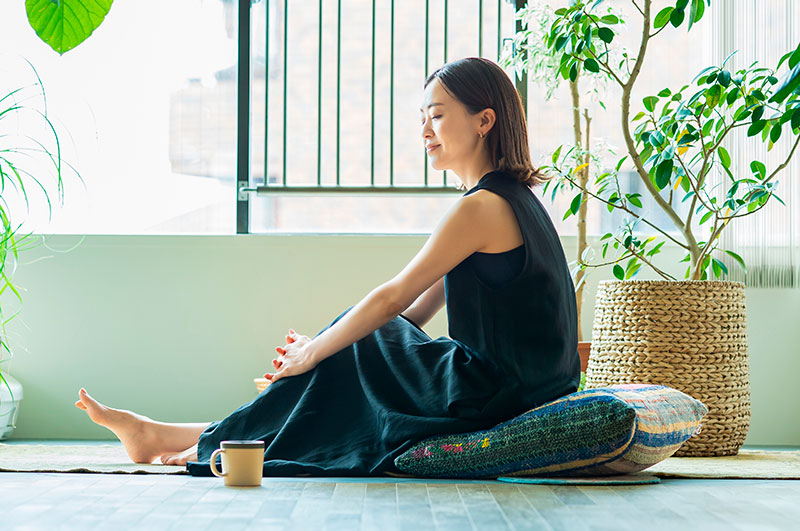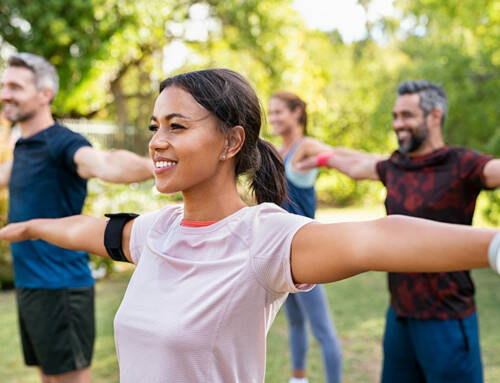When anxiety strikes, it can be sudden and severe. One moment you are resting peacefully on the beach of life, and the next, a tidal wave comes crashing over you enveloping you with racing thoughts, fear, and a racing heart rate.
When this happens, there are ways to manage anxiety that do not involve therapy or medication. In fact, there is one major part of our lives that we can use to combat anxiety: our bodies. Using our bodies to combat anxiety is referred to as somatic resourcing or skills. Somatic skills and resources are typically grouped into two categories: internal and external. Internal somatic skills refer to skills that we can do by ourselves, in our homes, or within our body, while external somatic skills are typically done with others or outdoors.
External somatic resources can look very different for each person. One can:
- Take a shower or bubble bath
- Relax in a hammock
- Float in a pool
- Stand outside and take in the fresh air
Internal somatic resources can take shape in a variety of different ways, as well. One can:
- Curl up in a ball
- Hug oneself
- Use a weighted blanket
- Pray or use one’s spiritual resources
- Light a candle or smell essential oils
- Massaging one’s arms, legs, or temple.
One of the most effective internal somatic skills that we can use is our breath. Mountains of research have been conducted on the impact that breathing can have on us when we are experiencing anxiety, stress, or depression. It is a powerful tool that we carry with us every day.
One powerful way we can use our breath is by performing what is known as box or square breathing. Box breathing is a simple exercise in which we first notice our breath and the quality of it. Is it fast or slow? Deep or shallow? Once we have an idea of what our breath is like, we take control of it. To do this, we take a deep breath in for four seconds, hold for four seconds, breathe out for four seconds, rest for four seconds, and repeat. While it is not necessary to count to oneself, nor do it for only four seconds at a time, we recommend that you start that way to get the hang of the practice before making it your own.
Please note that it is OK if some of these ideas do not help. Everyone’s anxiety shows up in different ways. These suggestions are meant to be steppingstones, reminding your that your body and some of your daily activities can be used to manage your anxiety. However, if it seems as though your anxiety just cannot be managed no matter how many different strategies, skills, and resources you use, please seek professional help.
– Charles Westholm, MSW, LGSW





